Baby boomers (born between 1946 and 1964) make up the second-largest generation of the American population. They saw the moon landing, experienced the rise of the internet, and witnessed the smartphone dominate the technology market. Despite witnessing and benefiting from these events, they have been slow to embrace new health technologies such as telehealth.
Baby boomers made up the majority of doctor visits during the pandemic. While they used telehealth during this period, they were the least likely to opt for it again in the future. Their preference for in-person visits stems from concerns about privacy and security. Providers can use healthcare marketing to communicate the benefits of telehealth to this demographic and bridge the technological generation gap.
Baby Boomers & Telehealth
If you’ve combed through the data, there’s an obvious contrast between how different generations have adapted to new forms of health technology. For instance, a study from the American Hospital Association (AHA) found that 70% of Gen Z, Millennials, and Gen X preferred telehealth thanks to its convenience. 44% even went so far as to say that they may switch providers if it doesn’t remain a regular feature moving forward from the pandemic.
In contrast to younger generations, only 1/4 of baby boomers said that they prefer telehealth to in-person doctor visits. Older adults lag behind their younger counterparts despite the accelerated use of telemedicine due to COVID-19.
In 2020, the Healthcare Information and Management Systems Society (HIMSS) performed a study to learn the telehealth habits of the different generations over a 6-month period. They found that, despite older people making up the majority of those who had a healthcare visit during that time (78%), they used telehealth the least (38%). Most of those telehealth visits were done via video, followed by phone calls, and the least were messages.
It’s perfectly normal to prefer what you’re familiar with. On the other hand, telehealth provides more options and convenience for patients. Video chats and phone calls with your doctor are nothing new, so what’s preventing baby boomers from embracing this increasingly common healthcare tool?
Our award-winning team has worked to help healthcare clients thrive during COVID-19. Click here to see our work and learn how we can boost your digital marketing!
Why the hesitancy?
Unlike most millennials and Gen Z, most baby boomers (and some Gen Xers) have established relationships with primary care physicians and specialists. This causes older people to put a lot more trust in their healthcare providers, especially as they reach retirement age. It also means they’re more likely to distrust alternative ways of visiting the doctor.
But baby boomers aren’t just becoming more curmudgeonly as they reach retirement age. They have genuine concerns about new healthcare technology that need to be addressed to get them on board.
The biggest issues are security and privacy. HIMSS found that 73% of those surveyed considered privacy and security to be important. However, 65% said they would trust the security of whatever system their healthcare provider used.
The privacy and security of health information were important to the majority of those surveyed. This may be an even bigger concern for baby boomers who didn’t grow up with digital communication being the norm. To increase the number of baby boomers adopting telehealth, health tech companies need to bridge the technological divide.
Is your branding sending mixed signals? Click here to learn about how to create consistent branding for your business!
Bridging the Gap Between Baby Boomers and Technology
The future of the United States health care system is virtual, but hesitancy among those approaching retirement age could slow that process down. As baby boomers age into Medicare, they’ll need help embracing these advances in medical technology.
This is where healthcare marketing comes in. We know that the majority of patients value privacy and security. Furthermore, they’re also willing to use whatever telehealth systems providers may have in place. If your product or software offers telehealth services, it’s your job to educate providers on communicating their commitment to patient privacy, security, and convenience.
The first step is communication. Are you coaching your clients on how to inform their patients that:
- They offer telehealth options?
- It’s private and secure?
- It actually saves them time?
You’re missing out on a great opportunity if not. Fortunately, digital healthcare marketing creates the opportunity to inform your clients about these services.
Meet providers where they’re at. This could be through:
- Videos
- Social media posts
- Informative blogs
- Email updates
The goal is to communicate the value these services offer your clients’ patients. And it doesn’t have to just be for telehealth. Online scheduling, digital check-ins, and smartphone access to medical records all improve the patient experience. Promoting these services and the value they offer is an essential step in baby boomers’ adopting them in greater numbers.
We’ve seen the difference convenience can make in other industries such as banking and travel. You can now manage your finances online and reach your destination using an app. While all options won’t work for everyone, having multiple options available improves the patient experience. This way, patients can choose the option that works best for them.
Do you need help communicating the benefits of telehealth services to baby boomers? Schedule a call with our team today for a free 30-minute strategy consultation!
Despite making up the majority of doctor visits during the pandemic, baby boomers are less likely to embrace telehealth services in the future. Their hesitancy is reasonable due to concerns over privacy and security. Telehealth companies can use healthcare marketing to coach providers on ensuring patient privacy as well as highlighting their benefits.
Baker Marketing Laboratory has spent years helping healthcare businesses find their footing in the digital world. Through a combination of inbound digital marketing and powerful messaging strategies, we help you craft a marketing campaign that resonates with your ideal customer. Contact us today to schedule a call and learn the difference we can make for your business.


